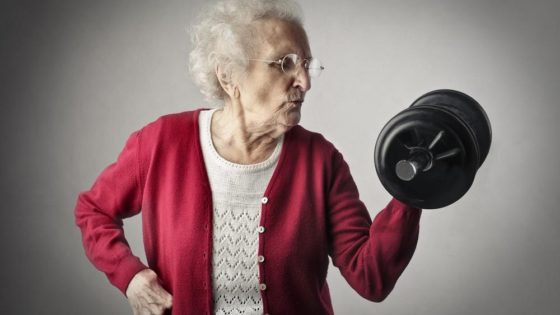Urinary incontinence is a common and often embarrassing problem for men and women and can range from occasionally leaking urine when coughing or laughing to episodes of strong and uncontrollable urges to urinate and not making it to the toilet in time. Even though it occurs more frequently with advancing age, it is not a normal symptom of aging or inevitable with getting older. According to the Mayo Clinic, there are several types of urinary incontinence, presenting with different causes and treatments, along with different unintended complications that impact our lifestyle and functioning. In contrast to urinary incontinence, fecal or bowel incontinence – an inability to control bowel movement, also has several causes and treatments, and risk associated with it. As uncomfortable as it may be to talk with our doctor about incontinence – at any age, it is advisable to seek proper medical advice and treatment and avoid further physical and personal complications.
The following is derived from the
Handbook of Health and Behavior: Psychological Treatment Strategies for the Nursing Home Patient
Joseph M. Casciani, PhD
This is part of a series where Dr. Casciani makes you aware of and informs you about series medical conditions your patient or loved one may be facing.
A more detailed, clinical, and complete description can be found in the handbook.
Medical Condition – INCONTINENCE
Urinary incontinence may affect as many as 50% of residents in nursing homes and is often associated with fecal or stool incontinence in these same residents. There is a heavy burden of nursing care found with the incontinent patient, and other secondary problems, such as urinary tract infections, skin irritation, and falls are frequently associated with incontinence.
Because of the care requirements and personal experience of the affected individual, it is extremely important to determine if a resident can respond to certain treatment interventions that may reduce or eliminate the condition, and whether the condition is due to a functional disability rather than a physical one. The recommended assessment is to determine if the incontinence is due to reversible factors, to determine the type of the incontinence, and if it requires further medical evaluation.
Conditions that contribute to incontinence are urological and gynecological conditions, neurological disorders, psychological factors, medications, and functional disabilities. Those contributing factors that have a relatively recent onset are also considered to be generally reversible.
Fecal incontinence is generally associated with constipation and impaction, laxative misuse, dementia, stroke or spinal cord disease, and colorectal disorders.
Urinary incontinence is categorized as stress (involuntary leakage with cough, laugh, or exercise), urge (leakage due to inability to delay urinating), or functional (inability to get to toilet due to cognitive, physical, psychological or environmental barriers). Interventions include scheduled toileting (i.e., bladder retraining with a progressive lengthening of the inter-voiding interval), pelvic muscle exercises, prompted voiding (i.e., goal of preventing wetness, rather than achieving continence), medications, external and chronic indwelling catheters, and containment devices, which are used as a form of palliative management.
Incontinent residents often experience shame and embarrassment and are frustrated by their condition. It is not uncommon for nursing home staff to attribute the incontinence to functional causes (i.e., intention or willingness to cooperate), which creates further psychological distress and conflict for the patient.
What are the Medical Consequences?
Urinary incontinence is associated with skin irritations, urinary tract infections, and falls due to impaired balance or gait during the rush to get to a toilet. It will also impair the healing of pressure ulcers (i.e., skin sores), and lead to considerable feelings of embarrassment, frustration, and a sense of failure for the affected patient.
What are Contributing Factors?
Although incontinence is generally attributable to medical causes or conditions, there is a small percentage of cases where the cause may be related to depression, regression, anger and hostility. These psychological or behavioral factors can interfere with an inability to use the toilet appropriately, or in a timely way. However, urinary incontinence is more generally seen as stemming from a mix of urological and gynecological disorders, neurological condition, and functional impairments.
What Negative Attitudes can Develop?
Self-blame, shame, and embarrassment for failing in this self-care activity; anxiety about participation in social events and settings away from close proximity to a toilet, and embarrassment associated with episodes of incontinence in public; self-blame for additional nursing care and costs associated with incontinence supplies and interventions.
For Professionals – Themes And Strategies in Behavioral Treatment can be found in the Handbook.




